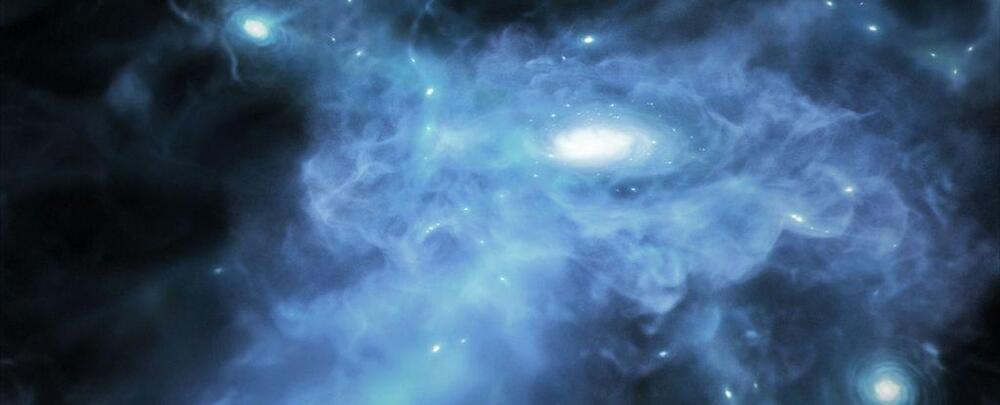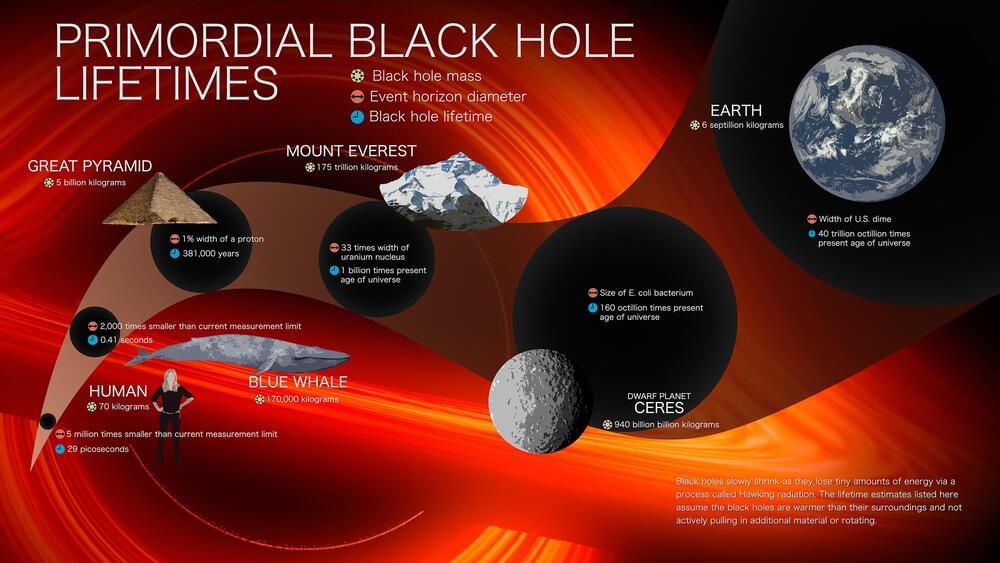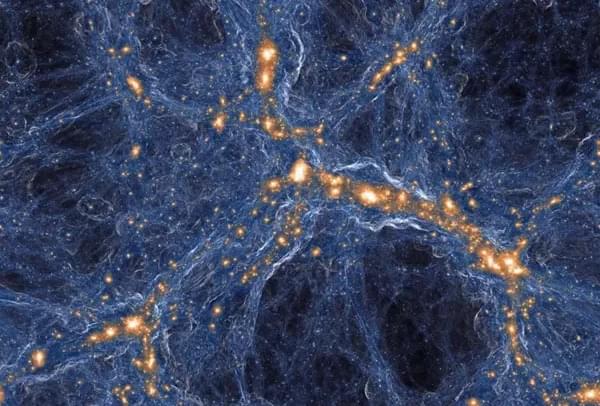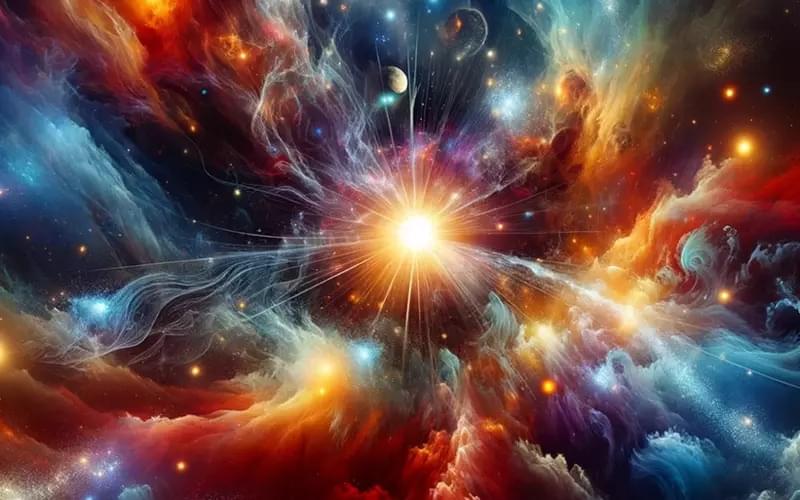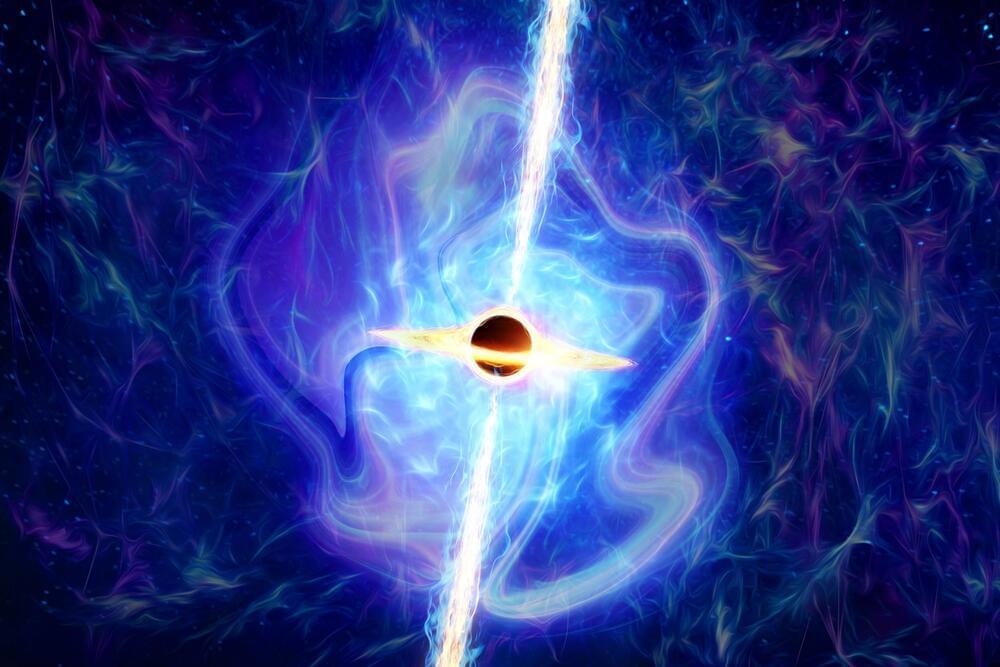Scientists have just identified the formation processes of some of the Universe’s earliest galaxies in the turbulent era of the Cosmic Dawn.
JWST observations of the early Universe around 13.3 to 13.4 billion years ago – just a few hundred million years after the Big Bang – have revealed telltale signs of gas reservoirs being actively slurped into three newly forming and growing galaxies.
“You could say that these are the first ‘direct’ images of galaxy formation that we’ve ever seen,” says astrophysicist Kasper Elm Heintz from the Niels Bohr Institute in Denmark, who led the research.
